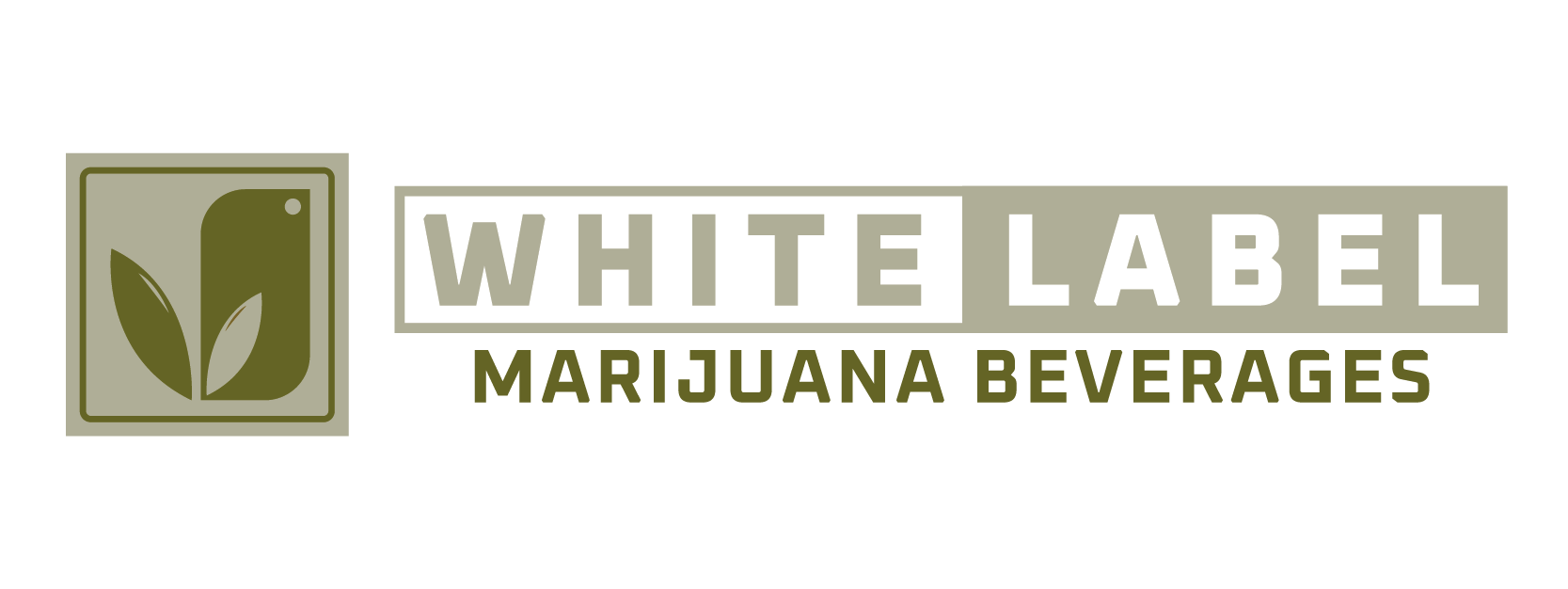Caffeine-infused marijuana beverages sit at the intersection of two daily rituals: a pick-me-up and a wind-down. As cannabis drinks gain shelf space in dispensaries and mainstream retail (for hemp-derived THC), brands are experimenting with naturally caffeinated formats (black or green tea, cold brew) and explicitly caffeinated “energy” SKUs. The beverage category remains a small slice of cannabis sales overall, but it’s one of the fastest-growing segments, with brands leveraging distribution partnerships and alcohol-adjacent channels to reach new consumers. Recent reporting even suggests the U.S. THC‐drink market will cross $1 billion in 2025 as alcohol volumes stagnate.
Why pair caffeine and cannabinoids? From a consumer-experience standpoint, some shoppers seek “functional balance”—alertness without edginess, or social energy with a mild mood lift. Although human research remains limited, preclinical and mechanistic work points to interesting interplay: caffeine antagonizes adenosine receptors (notably A2A), a pathway that may modulate cannabinoid signaling, which could change how THC feels for some users. Practically, that means caffeine might sharpen, mask, or potentiate aspects of a THC experience, and sensitivity varies. Consumers should start low, go slow, and avoid late-day dosing if they’re caffeine-sensitive.
Format matters. Nano-emulsion technology used in many modern cannabis beverages disperses cannabinoids into tiny droplets for more consistent dosing and faster onset than traditional edibles—often perceived within 15–30 minutes rather than 60–120. Pharmacokinetic studies on emulsified THC formulations show accelerated absorption and earlier peak concentrations compared with oil-based carriers, a key reason drink makers favor this tech for both “coffeehouse” and “energy” styles.
What’s on the menu right now? In “naturally caffeinated” territory, California’s Kikoko has built a following with tea SKUs that contain caffeine from real tea leaves (for example, Creativi-Tea), pairing moderate THC with uplifting botanicals—an option for daytime micro-dosing fans who prefer a gentler rise. For energy-drink shoppers, Keef’s Energy FLO offers a single-serve 10 mg THC with ~90 mg caffeine per can in select states, aiming squarely at the “cleaner buzz” use case. Larger multistate operators are testing the lane, too: Curaleaf’s Select FormulaX (10 mg hemp-THC plus caffeine) and Trulieve’s Upward (a Farm-Bill-compliant energy drink) signal that “THC + caffeine” has moved from niche to roadmap.
Regulatory landscape: proceed with care. Rules differ widely. California’s 2024 crackdown targeted hemp products with detectable THC in general retail (they must be removed from non-licensed shelves), while cannabis-licensees still sell THC beverages through dispensaries. New York drew headlines in late 2024 for halting sales of added-caffeine cannabis pills while allowing naturally occurring caffeine (for example, from tea or coffee)—a distinction consumers and formulators must heed. Always check local dosage caps (many hemp-THC energy drinks run 2–10 mg THC per can) and age-gate requirements.
Who’s buying—and why? Beverage shoppers often include “canna-curious” consumers migrating from alcohol who want social effects without hangovers, as well as wellness-oriented users seeking controlled micro-doses that fit daily routines (morning coffee, pre-workout, late-afternoon slump). Media and industry tracking show accelerating distribution via alcohol networks and breweries launching compliant THC/CBD lines, reinforcing the category’s “better-for-you, sessionable” positioning. For consumers, the appeal is predictability: a known caffeine level plus clearly labeled THC dosage in a familiar ready-to-drink format.
Smart buying tips
- Match use-case to format: Tea or cold brew for a gradual, cognitive lift; energy SKUs for sharper stimulation.
- Check both numbers: caffeine (e.g., 50–100 mg) and THC (e.g., 2–10 mg). If new to the combo, start on the low end.
- Mind onset: nano-emulsified drinks can “come on” faster—wait at least 60–90 minutes before considering another serving.
- Time of day matters: avoid late-evening caffeine if sleep is a priority.
- Respect local laws: hemp-derived THC may be widely available, but potency caps and caffeine-additive rules vary by state.
Bottom line: Caffeine-infused cannabis beverages are moving from novelty to normalized choice, giving consumers more precise control over mood and energy than many traditional edibles. With faster-onset tech, clearer labeling, and expanding retail access (where legal), expect more coffees, teas, and energy drinks that deliver a calibrated buzz—provided buyers read the label and understand how caffeine and cannabinoids interact for their body.
